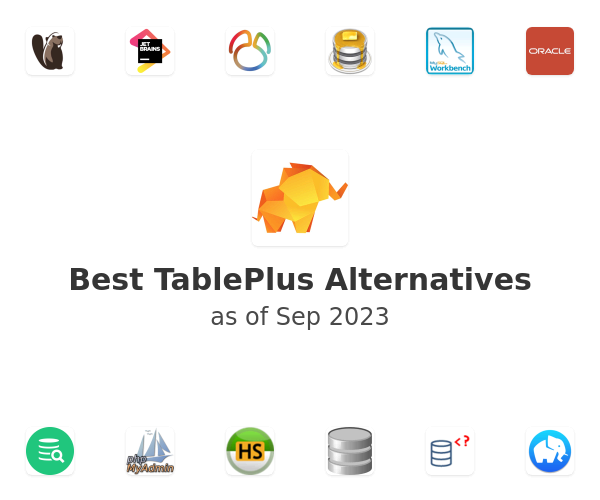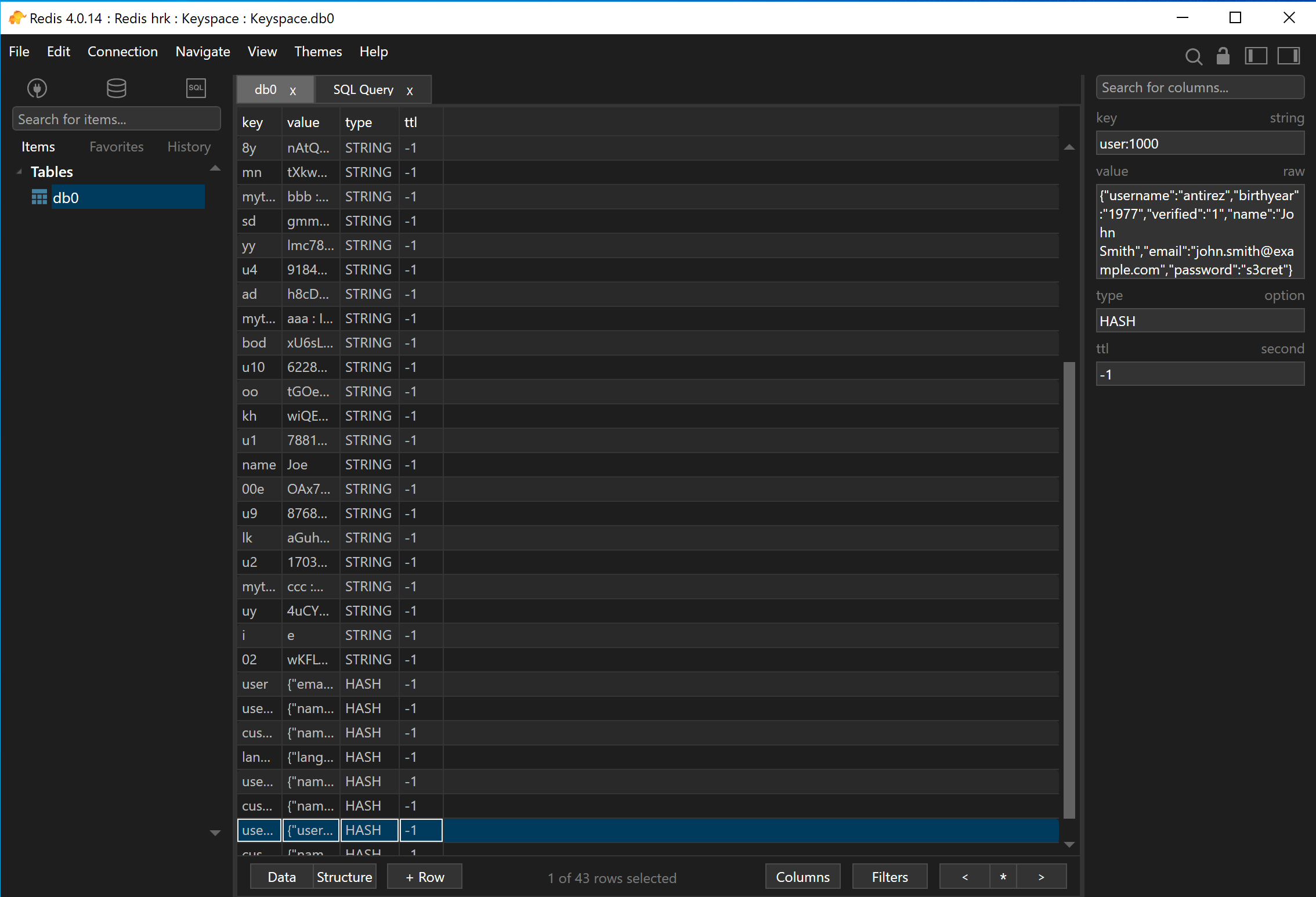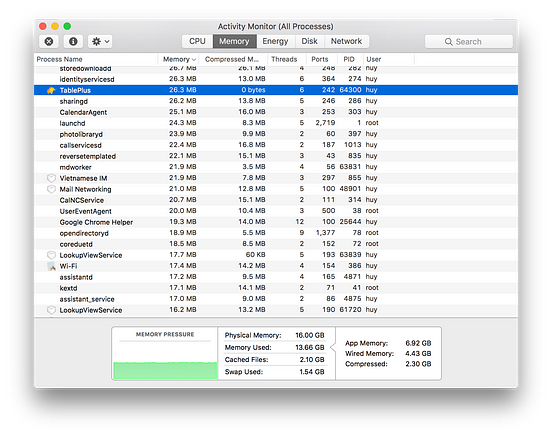
- Tableplus vs drivers#
- Tableplus vs trial#
- Tableplus vs series#
- Tableplus vs download#
- Tableplus vs mac#
A stand-alone computer already costs US$299 for most standard MYSQL certificates. Compatible with other Navicat products: Navicat Monitor, Navicat Data Modeler, Navicat Report Viewer and Navicat Data Model Essentials for enhanced features, such as analytics.Supports many languages, including Polish, Russian, Japanese, Portuguese, Chinese, Simplified Chinese, Traditional Chinese, Spanish, French and English.
Tableplus vs drivers#
Tableplus vs download#
You can download it from the official website and use it permanently, but you can only open two available tabs/connections/filters at the same time.
Tableplus vs series#
TablePlus has a free version with a series of basic functions.The subscription service is as follows: the price for individual users is 8.9 USD/month, and the price for enterprise users is 19.9 USD/month/person
Tableplus vs trial#


The price of the non-commercial version is 119 US dollars, the standard version is 199 US dollars, and the enterprise version price It is 299 dollars, or you can also buy Navicat Premium, which can support all supported drivers. You can buy a version specifically for MYSQL.
Tableplus vs mac#


Added a beautiful new client tool, TablePlus.It can support multiple tables, select fields to export, and support import Simple model and table structure conversion visualization, clearly see the relationship between tablesģ. You can simply click to create a view, you don't need to care about SQL writingĢ. It might be worth giving it a try.2.SQL external storage, need to be opened manually each timeġ. Alternatively, other clients exist, such as "Table Plus" and allow you to connect, on Mac, to a variety of database servers, including SQL Server. Decision making-wise, how much do your want your local sql/mysql client to influence/weigh in your architecture/technology decisions, though? This can be a slippery slope. I have been running it at various companies (under AWS/RDS and AWS/Aurora) and have no reason to switch over to anything else. That said, could Azure MySQL ( ) be an option for you a this point? MySQL offers great performance. You'd only be looking at MySQL Query Workbench, if you were running and connecting to a MySQL Database. Therefore, it certainly makes sense you stick with some of the official Microsoft Tooling to connect to it, query and administer it. Looking at your stack ( ), it seems you are using Azure SQL Databases.


 0 kommentar(er)
0 kommentar(er)
